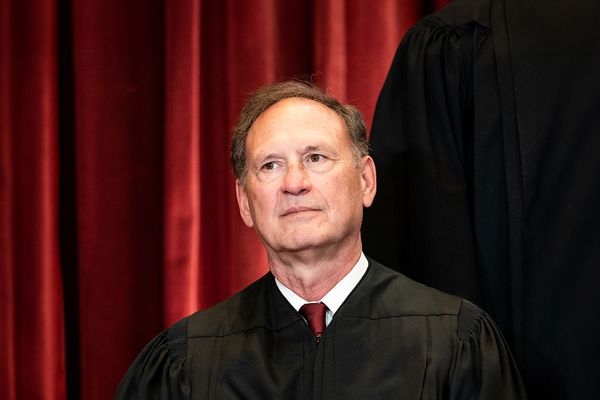MINNEAPOLIS — You need look no further than the gas pump or your utility bill to witness a punishing run-up in energy prices.
Motor fuel costs — mirroring a surge in oil prices — are at heights not seen since 2014. Heating bills are bloated. Electricity prices are rising.
Energy prices always are inherently volatile. That's why the federal government breaks them out — along with food prices — when tabulating "core inflation." In January, year-over-year core inflation rose 6%, the biggest jump since 1982.
Including energy and food, the U.S. Consumer Price Index in January increased 7.5% — also a 40-year record. Energy costs have been the biggest pocketbook villain, soaring 27% nationally in January over a year ago, CPI data shows.
Q: How high are gasoline prices?
A: The increase is high, but not quite historically high. On Friday, Minnesota gasoline prices, for instance, on average were $3.44 per gallon, compared with $3.58 nationally, according to AAA. A year ago, Minnesota prices, which often track below the national average, were $2.62.
Adjusted for inflation, notably ugly years for average U.S. gasoline prices, according to InflationData.com, were: 2008 ($3.86 per gallon); 1981 ($3.83); and 1938 and 1934 (both $3.66).
Q: Why are prices climbing so much?
A: Gasoline costs are driven mostly by oil prices — which are on fire. Oil cost around $60 a barrel a year ago, before rising steeply in 2021's second half. West Texas Intermediate (WTI) — the benchmark U.S. crude — traded above $80 a barrel for most of October, before retreating some. But WTI began another ascent in late December; it was around $92 a barrel Friday.
Oil's latest surge is powered by the Russian move on Ukraine. War brings uncertainty to commodity markets. Plus, Russia is one of the world's largest suppliers of oil and natural gas. As Western sanctions pile up, "Russia could retaliate by using oil as a weapon," said Patrick De Haan, GasBuddy.com's head of petroleum analysis.
Even before the Ukraine crisis, global oil demand had outstripped supply for months, buoyed by economic recovery from COVID-19. OPEC held the line on oil production. Even U.S. shale oil producers — known for burning up profits by chasing new wells when prices rise — have become disciplined. "They have learned their lesson," De Haan said.
Q: How high could gas prices go?
A: "This isn't going to get a whole lot better, and it will probably get worse," De Haan said. "It really depends on how bad the Russian situation gets."
Q: Why is my heating bill so hefty this winter?
A: In cold-weather regions, the largest part of your winter bill is the commodity cost of natural gas, which in some states your utility passes down to you with no mark-up. Natural gas prices have also risen over the past six months as demand has outstripped supply. Plus, record U.S. exports of liquid natural gas have put pressure on domestic supply.
In January, residential customers of CenterPoint — Minnesota's largest natural gas supplier — were paying 27% more per therm of gas than a year ago, according to data provided by the company. And commodity gas prices in January had actually fallen from December and November.
Q: What is the natural gas price outlook?
A: It's likely that the Henry Hub price — the benchmark U.S. gas price — will stay above $4 MMBtu for the next few months, said Emily McClain, vice president of North American gas markets for consultancy Rystad Energy. That price has been below $4 for most of the past six years. "But we do see a light at the end of the tunnel," she said. Supply is ramping up: U.S. gas production — unlike oil output — surpassed its pre-pandemic high late last year. And unlike oil, U.S. natural gas prices are not as influenced by global markets.
Q: Are other charges higher on my gas bill higher this winter?
A: Yes, but the financial pain here is less than from higher commodity gas costs. The Minnesota Public Utilities Commission (PUC) approved interim rate increases for CenterPoint and Xcel Energy, the state's second-largest gas supplier, which went into effect Jan. 1. CenterPoint and Xcel's residential gas rates each rose 3.9%.
Also, customers of CenterPoint, Xcel and two other investor-owned gas utilities are paying a special "February 2021 weather event" charge (a separate line item on your bill). The charge stems from the "extraordinary" – as the PUC deemed them — $660 million in costs racked up by the utilities during a brutal storm in the southern U.S. last winter.
Gas fields in Texas and elsewhere — which weren't weatherized for cold — froze up, sending Midwestern gas prices rocketing over 4,500% at one point. The PUC allowed utilities to begin passing on the extra costs last fall over a roughly two-year period. But the PUC hasn't decided whether utilities will be able to recover the entire $660 million.
Q: Are electricity costs rising too?
A: For January, the U.S. Consumer Price Index showed a year-over-year spike in electricity prices of 10.7% — the largest such increase in at least a decade.
———







